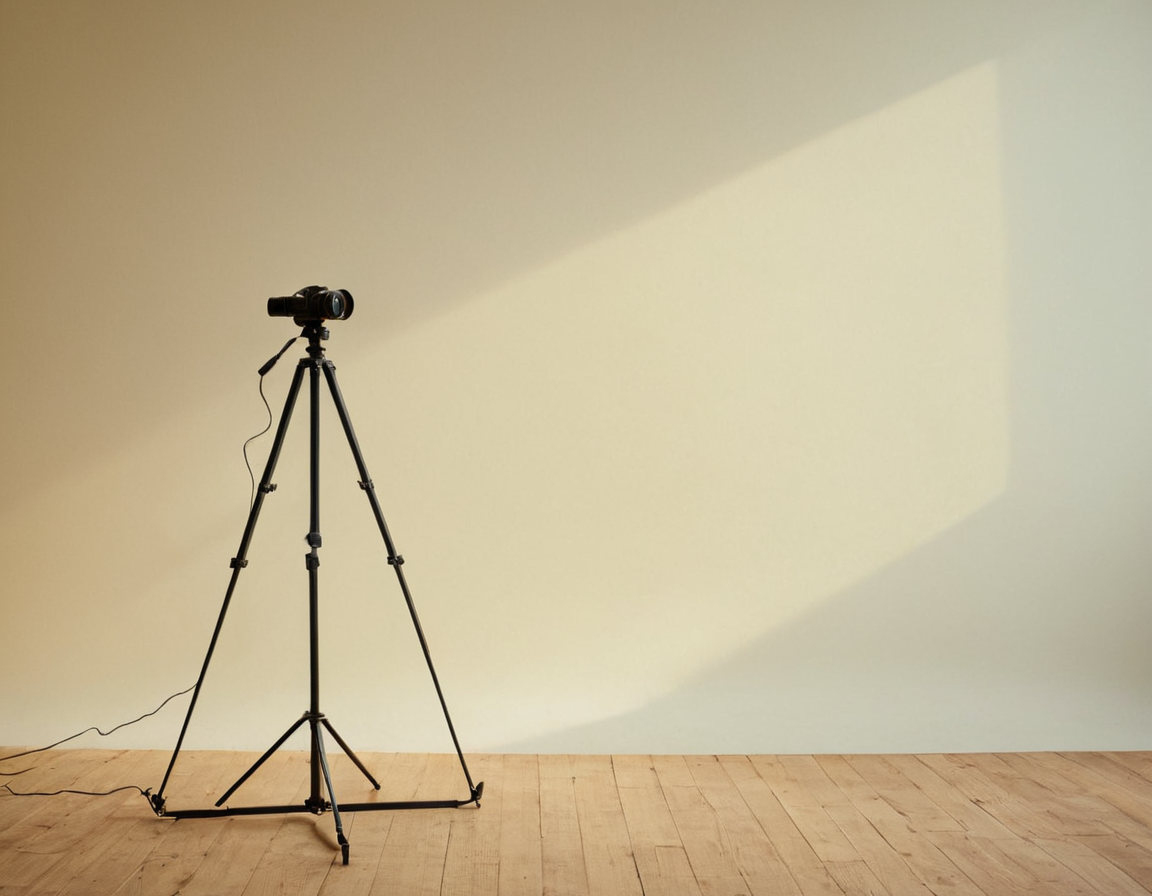Product Photography Tips 2025 | Shopify

Crafting the Perfect Product Photography Setup in 2025: A Guide for Shopify Sellers
As an e-commerce seller on Shopify, you understand the importance of high-quality product images that showcase your products in the best possible light. However, with the ever-evolving landscape of social media and online shopping, it’s becoming increasingly difficult to stand out from the crowd. In this article, we’ll delve into the world of product photography, exploring the latest trends, techniques, and best practices to help you create visually stunning images that drive sales and build brand awareness.
Understanding the Importance of Product Photography
Before we dive into the nitty-gritty of product photography, it’s essential to understand its significance in the e-commerce ecosystem. High-quality product images can:
- Increase conversions by up to 20%
- Boost customer trust and confidence
- Differentiate your brand from competitors
- Drive social media engagement and word-of-mouth marketing
Setting Up Your Photography Studio
To create professional-grade product photography, you’ll need a well-equipped studio. Here are some essential elements to consider:
Lighting
Lighting is one of the most critical aspects of product photography. Natural light is always the best option, but it’s not always possible. Invest in a lighting kit that includes a softbox, LED lights, and a reflector. This will allow you to create a well-balanced, visually appealing setup.
Backgrounds
A cluttered or distracting background can ruin an otherwise stunning product image. Opt for a plain white or colored background that complements your brand’s aesthetic. You can also use a green screen or a chroma keying technique to replace the background with a different image.
Product Styling
Product styling is an art form in itself. Invest in props, packaging materials, and styling equipment to create visually appealing arrangements. This will help you showcase your product in a lifestyle setting, making it more relatable and desirable to potential customers.
Camera Settings and Techniques
Now that we’ve covered the studio setup, let’s talk about camera settings and techniques. Here are some tips to get you started:
Camera Settings
- Use a high-quality DSLR or mirrorless camera
- Shoot in RAW format for maximum flexibility
- Set your white balance to match the lighting conditions
- Use a prime lens for sharp, distortion-free images
Techniques
- Experiment with different angles and perspectives
- Pay attention to composition and framing
- Avoid over-photographing or using too many props
Post-Production and Editing
Post-production and editing are crucial steps in the product photography process. Here’s how to get it right:
Software
- Use Adobe Lightroom or Photoshop for editing
- Invest in a color grading tool to enhance your images
- Familiarize yourself with plugins and presets
Best Practices
- Save multiple versions of your edited image
- Avoid over-editing or making drastic changes
- Keep your edits subtle and natural-looking
Conclusion and Call to Action
Crafting the perfect product photography setup in 2025 requires a deep understanding of lighting, styling, camera settings, and post-production techniques. By following these guidelines, you’ll be well on your way to creating visually stunning images that drive sales and build brand awareness.
The question is: What’s the one thing you can change about your product photography workflow today to see an immediate impact on your business?
Tags
product-photography-setup shopify-sellers ecommerce-visualization online-shopping-trends brand-differentiation
About Teresa Gomez
Photography enthusiast & blogger Teresa Gomez shares her expertise on inspiring photography techniques, tutorials, and tools to help creatives elevate their craft at lentecreativa.com.
